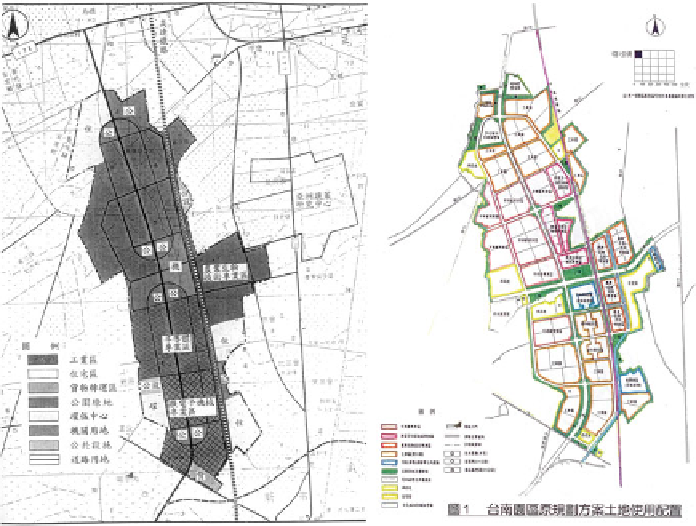Civil Engineering Reference
In-Depth Information
2 Development of Green Urban Planning
The earliest noticeable green development concept at TSP is like that of most of
the other science park projects, the notion of combining the ''science'' or ''tech-
nology'' with the ''park'' or ''garden.'' Indeed, the HSP had already boasted its
much greener environment in comparison with other industrial parks or cities in
Taiwan. Following HSP spatial planning experience, the park-like environmental
image can be gained through the gateways and the major boulevards; as shown in
Map 1 is taken from (National Science Council
1995
), there are eight parks in the
1995 TSIP proposal plan. But the distribution of these green spaces along the
major north-south transport corridor and especially at its junctions with the east-
west major road, the northern gate and the southern gate, clearly indicates that the
formation of visual corridor was the major consideration. Thus, green spaces at
this planning stage were basically used as a tool to gain good images for visitors.
Except for a larger percentage of parks and other green spaces in the TSP than
its predecessor, the more significant difference between TSP and HSP evolved
through the very necessity of flood prevention. Unlike the HSP which is developed
from tea farms on tender hillside topography, the TSP is located on a very flat and
low land in the middle stretches of Yenshui River. Moreover, the site is sloping
from northeast to southwest, and this area is also part of the watershed of Tachou
Drainage, Anshunliao Drainage, and upper reaches of Yenshui River's tributary.

Search WWH ::

Custom Search